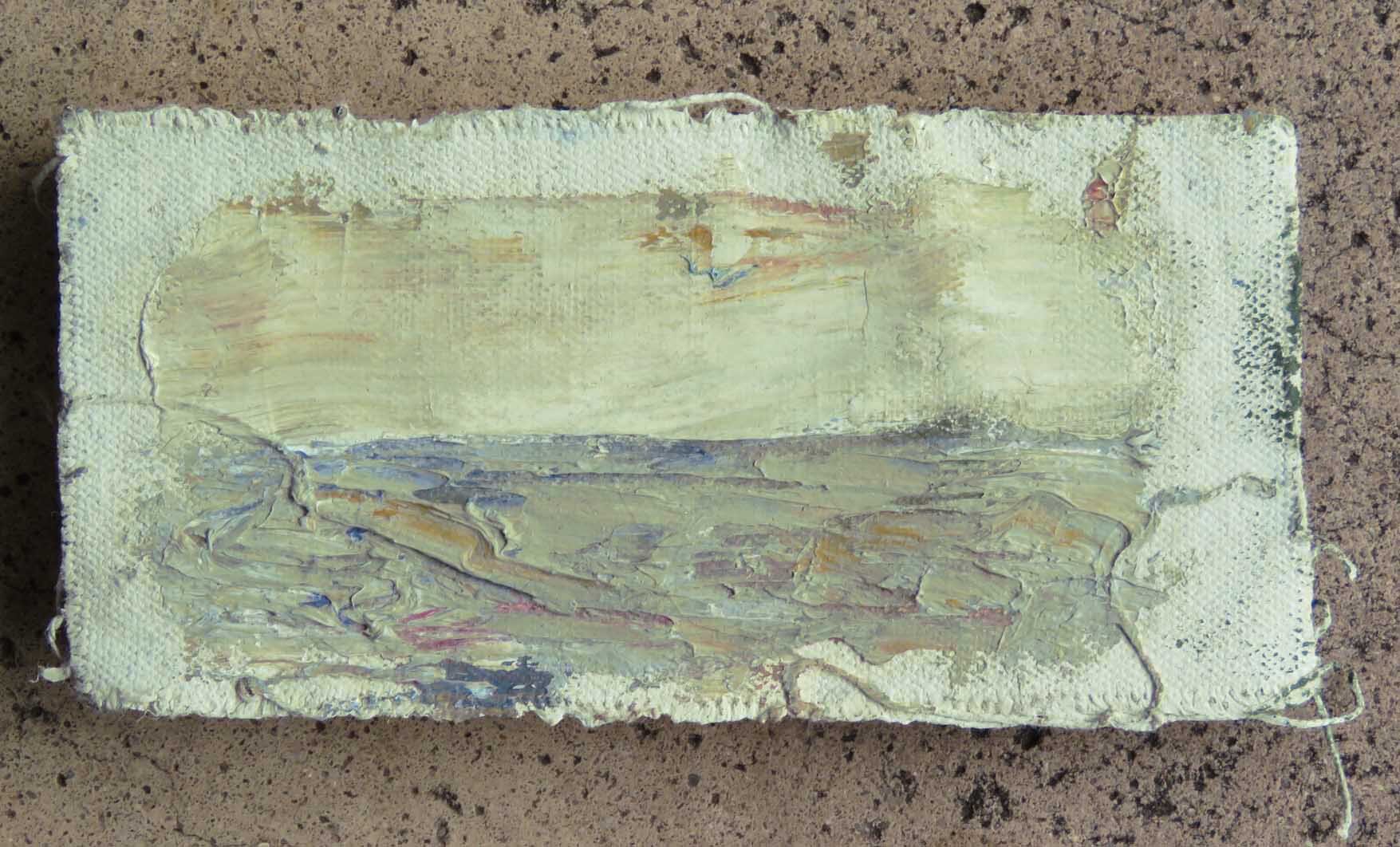Blogging:
“Art Journey: My Paintings and Perspectives"
Search blog for images or content via keywords like: Abstract, Landscapes, Sports, football, impressionistic, etc

How the Horizon Shapes My Semi-Abstract Landscapes
the significance of the horizon line—a line shaped by a lifetime of ocean views. This blog delves into how that simple line provides a foundation for my art, connecting the viewer to the piece and offering a sense of direction in abstraction.
